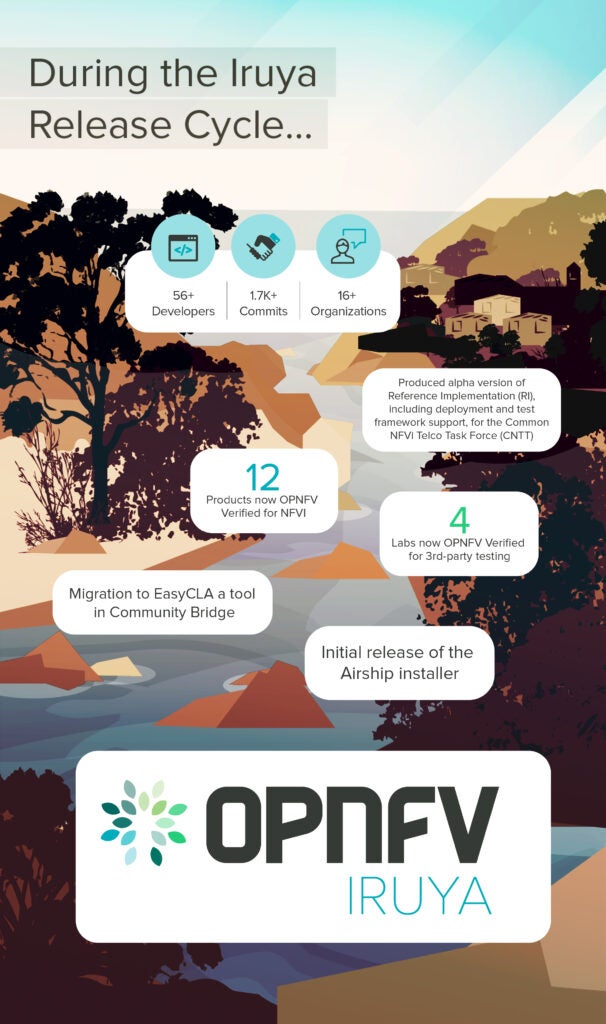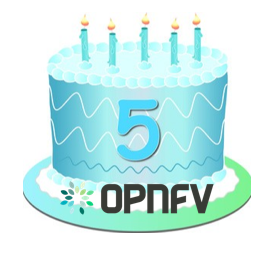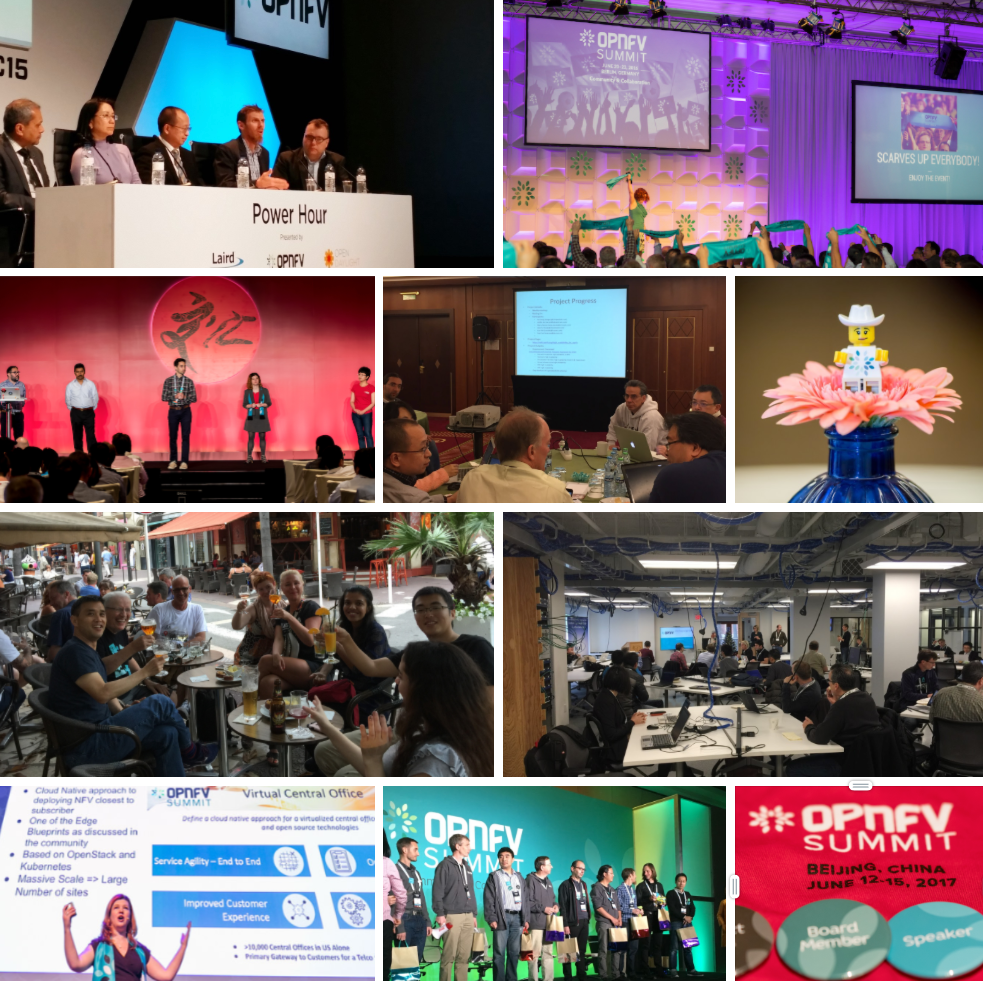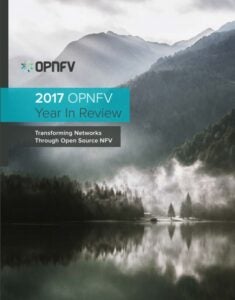Today, the OPNFV community is pleased to announce the availability of OPNFV Iruya, the platform’s 9th release. After more than 5 years, the community continues to rally together, build upon previous releases, with earned knowledge and wisdom, refined skills, and eye for what’s to come. We had a great LFN Developer & Testing Forum in Prague in collaboration with our fellow communities last month with record participation by service provider companies as we worked to finish up Iruya and plan the road ahead.
We enter 2020, and introduce OPNFV Iruya, in tandem with an evolving Cloud iNfrastructure Telco Taskforce (CNTT) and OPNFV Verified Program (OVP) that take the foundations laid with OPNFV to the next level. Iruya not only provides support for CNTT and OVP work, but introduces reference implementation and test automation ahead of 5G and (eventually) edge deployments as well as continues the testing and integration work and upstream contributions that OPNFV is well known for. As we look to the year ahead, we look forward to collaborating with CNTT and GSMA to achieve even greater alignment with these groups.
 Iruya Highlights
Iruya Highlights
NFVI testing, a historic strength for OPNFV and OVP, is enhanced with Iruya; it contains tools, scripts and automation as an enabler for CNTT, OVP, Reference Implementation (RI), Reference Compliance (RC), and cross-project testing. Test case projects saw more capabilities and test cases and primarily focus on the NFVI layer utilizing upstream projects (e.g., OpenDaylight, Kubernetes, OVS, OpenStack, OVN, FD.io, etc). Meanwhile the CI and testing projects also form the building blocks of collaboration between OPNFV and CNTT, where OPNFV will assist with the CNTT RI & RC badging through OVP.
Moreover, OVP itself continues to make progress with now over 12 verified NFVI products, four OPNFV Verified 3rd-Party testing labs, and the first cohort of VNF vendors to be announced soon. We also expect OVP will eventually badge CNTT compliant implementations.
OPNFV testing projects including Functest, Yardstick, VSPerf, Bottlenecks, and NFVBench saw an increase in capabilities and test cases. Functest in particular published new CNTT specific containers, increased test coverage, now includes a CNTT compliance cookbook, published new Ansible playbooks to deploy the OPNFV CI/CD toolchain with greater ease. Functest contains several test cases that run a VNF to provide a more realistic load on NFVI. During Iruya, these VNF test cases were hardened and reduced in footprint.
This year we will continue to see more integration between networking and the edge and it’s notable that Iruya contains a number of important edge computing features through projects such as Rocket (hardware acceleration for vEPC), Edge Cloud (edge OpenStack test cases), and Container4NFV (secure containers with multiple IP addresses).
Several feature projects such as Barometer, Doctor, and LaaS made progress as well.
We’re also proud to announce that Iruya marks the successful migration of OPNFV to EasyCLA as part of the Linux Foundation’s Community Bridge initiative (announced by LFN at ONS NA last year). EasyCLA automates the process of managing contributor agreement and access to code repositories and enables participating organizations to have direct control over which employees are authorized to be contributors.
Looking Ahead
As I look back over 5 years of collaboration and 9 releases, I am proud of what the OPNFV community has achieved, and I’m even more excited about what lies ahead. Collaboration with CNTT and deepening engagement with service providers, taking on cloud native reference architectures and implementations, and the continued evolution and growth of OVP are all important activities for us in the upcoming months, and I remain excited about the strength and collaborative spirit of our community.
The OPNFV community—along with those involved in CNTT, OVP, and upstream organizations—will convene in Los Angeles for the Open Networking & Edge Summit (ONES), April 20-21, followed by two days of LFN Technical Meetings. More details on the event, and planned collaboration activities, are available here: https://events.linuxfoundation.org/open-networking-edge-summit-north-america/
We invite you to learn more about Iruya here and download it here. Stay tuned for our LFN Developer & Testing Forum event report and be sure to join us in Los Angeles in April!

 Happy Fifth Birthday to the project, the community, and to the industry’s open source NFV journey! The past five years have been a time of growth, challenges, learned wisdom, friends made, debates engaged, code written, and tests run. Along the way, our entire ecosystem has increased their knowledge of CI/CD, automation, OpenStack, k8s, and open source compliance and verification, just to name a little of what we’ve accomplished. We’ve learned about our sister open source projects, built relationships with standards organizations, and come together as a community. It has been the most extraordinary experience of my entire career to be a part of this group of people.
Happy Fifth Birthday to the project, the community, and to the industry’s open source NFV journey! The past five years have been a time of growth, challenges, learned wisdom, friends made, debates engaged, code written, and tests run. Along the way, our entire ecosystem has increased their knowledge of CI/CD, automation, OpenStack, k8s, and open source compliance and verification, just to name a little of what we’ve accomplished. We’ve learned about our sister open source projects, built relationships with standards organizations, and come together as a community. It has been the most extraordinary experience of my entire career to be a part of this group of people.
 It is with gratitude and pleasure that I look back on our accomplishments of 2017 and with excitement for the future as I look ahead to our path as part of LF Networking in 2018. We have come such a long way together since our founding over three years ago and this moment of transition marks a great opportunity to reflect on our impact.
It is with gratitude and pleasure that I look back on our accomplishments of 2017 and with excitement for the future as I look ahead to our path as part of LF Networking in 2018. We have come such a long way together since our founding over three years ago and this moment of transition marks a great opportunity to reflect on our impact.